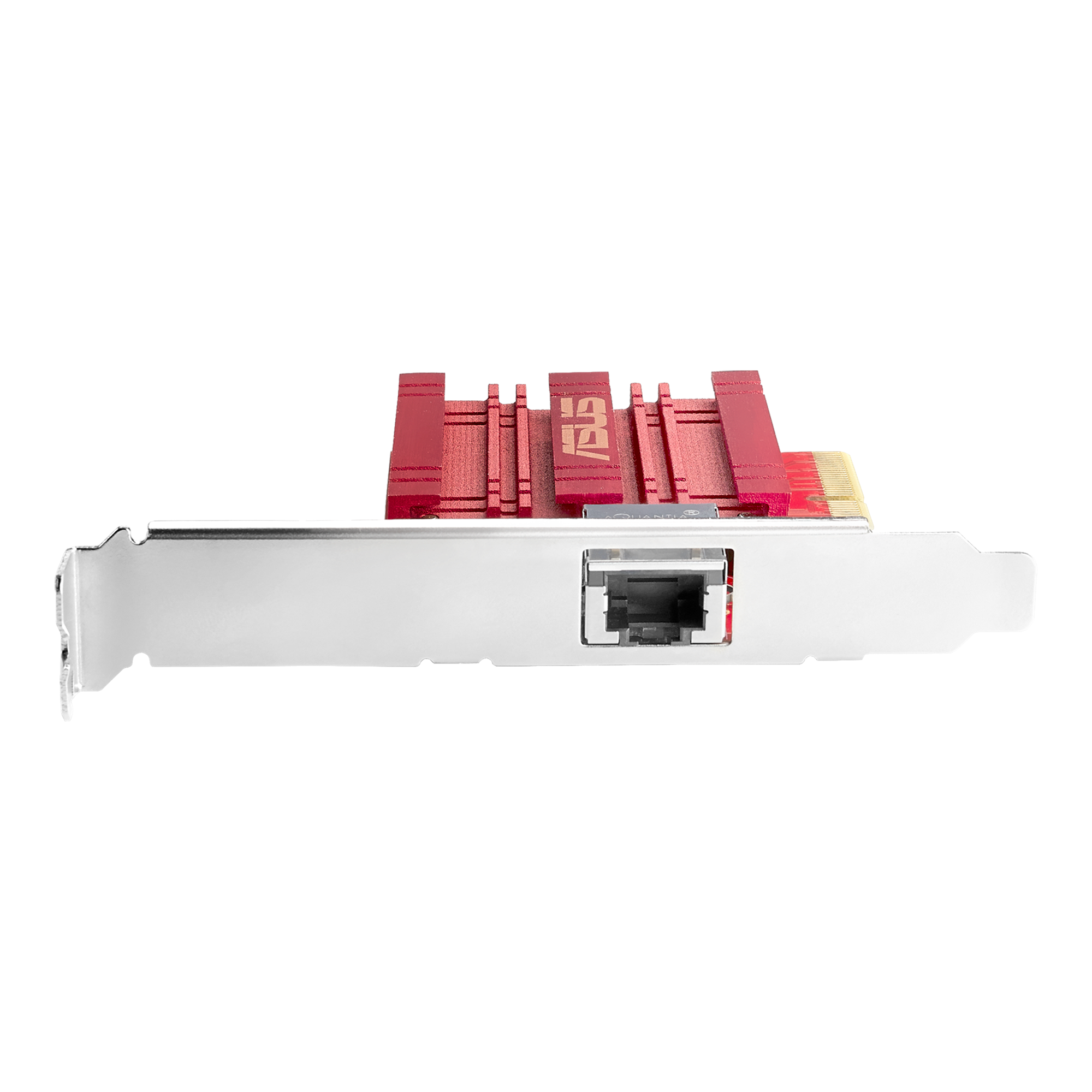It suggests it has 1Gb/s ethernet, but for the extra data I would think they would move to 2.5 or 10Gb/s ethernet now that it would have to push significantly larger files than the 20MP that have become the norm.
Once you go past 1Gb the amount of heat the nixc produces and the power to drive the chip become huge. Have a look at the heat sync on this thing.

XG-C100C|Network Switches|ASUS USA
 www.asus.com
www.asus.com
Beyond that the number of people in the world that have the ability to actually use 10Gb in that they have the networking and disk subsystems that can utilize it are incredably small. I am not convinced this will be ethernet. I suspect it will be one of the more modern versions of wifi.
Upvote
0
